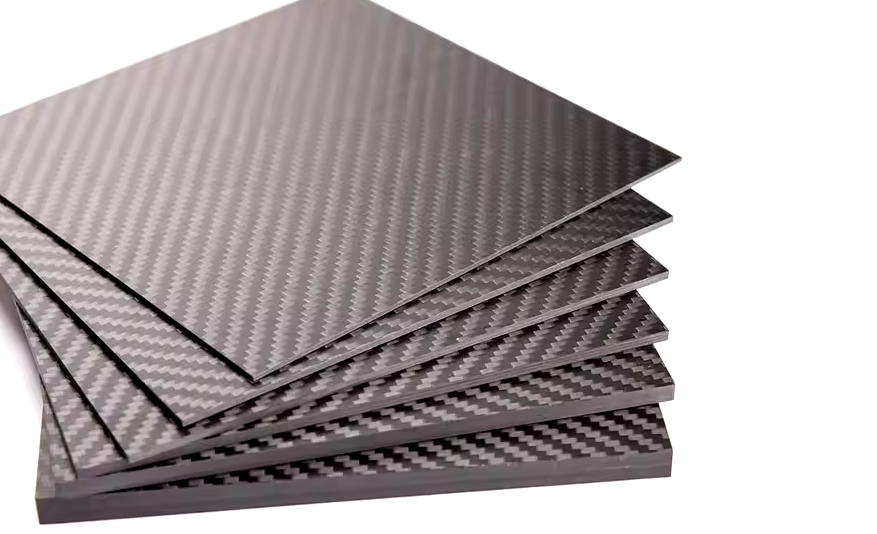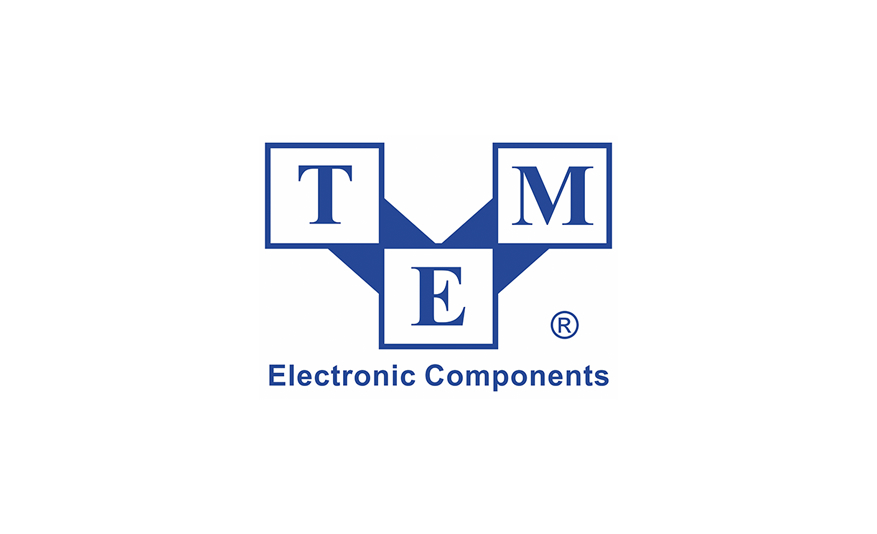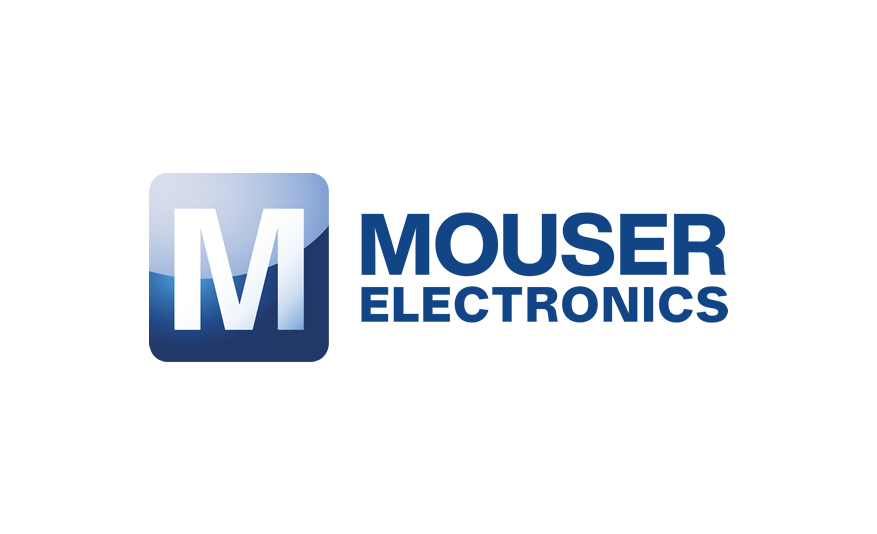One of the key concerns for the European electronics industry is the need for more skilled engineers. Engineers Ireland, a professional organization representing 28,000 engineering members, publishes a report each year that explores the development of the industry in Ireland. Its Engineering 2024 report, published in March 2024, found that the collective engineering disciplines constitute a robust industry in Ireland and that engineers are critical to combating climate change and biodiversity loss. The study, compiled from multiple data sources and employer and member surveys, predicted that there would be 6,000 engineering vacancies in Ireland in 2024 and reported that 14% of responding organizations already had apprenticeship programs in place, with plans to grow the number of apprentices employed.
With engineering at its broadest level vital to slowing climate change, improving sustainability and leading innovation, EE Times Europe spoke to Derek Molloy, a professor at the Dublin City University School of Electronic Engineering, to understand how EE students are prepared to take on these challenges.

EE Times Europe: Electronics engineers today need to amass vast theoretical and applied knowledge. Then there are the trends and market drivers, such as having a low-power mindset and designing for manufacturing. How do you prepare a well-rounded engineering graduate?
Derek Molloy: Yes, it’s quite a challenge. There are also challenges regarding the message we’re getting across to 17- and 18-year-olds when they choose their leaving certificate [final-examination focus] subjects. For example, physics is now a minority subject in secondary schools, so when they do engineering, it is very mechanically focused. We strive to mix the applied with the theory all the way through. For example, I teach second-year digital analog electronics, and it’s a big class group of 180 students, including students doing mechatronics. They wouldn’t see the RF side at all. They would see a lot of control systems, microprocessors and microcontrollers, a bit of software and mechanical design materials.
EE Times Europe: There are a variety of electronics companies in Ireland, both large and small. Does the employer’s size significantly affect how newly qualified engineers fit into their first job when faced with different levels of responsibility and the projects they work on?
Molloy: With master’s students at Level 9, over 12 months, we provide cultural training, encouraging them to be quite independent about their study and to take control of project ideas. There is a cultural alignment with what the industry needs; we also see it as a validation of their qualifications. We have a relatively small pipeline of pure electronics and computer engineering students at the undergraduate level. That’s a national and international issue. The undergraduates feed through work placement into companies. Many want to get access to smaller companies as part of their training because it gives a broader spectrum of experience.

EE Times Europe: How do you evolve teaching to ensure students learn methods and concepts, such as programming languages, which are current and in demand by industry?
Molloy: We have to set things for several years, and then we can change. For example, I teach object-oriented programming for embedded systems. We look at efficient programming, which is necessary for embedded, and I’m currently teaching Java. Next year, that will change to Rust. It took me two years to move from Java to Rust just to get through the processes, and my question will be, what are the students learning in that language? What concepts are they getting? I’d be more interested in things like ownership and data management and how Rust treats certain concepts than someone saying that Rust is a checkbox for industry.
We like to see that all our decisions are academically founded but as current as possible, without being so current that we’re trying to be trendy. Students put their trust in us that we’re giving them the necessary skills.
Another example is when we brought machine-learning modules into the curriculum. We had to consider whether the students had the mathematical underpinnings to understand the concepts in the way we planned to teach them—or would we do a black-box treatment and ignore what’s underneath? Program board discussions and inputs from our industrial advisory board influence this, but we must focus on the long-term underlying theoretical concepts we’re getting across to students.
EE Times Europe: In 2015, you published the widely read book “Exploring BeagleBone: Tools and Techniques for Building with Embedded Linux.” What drove you to write this book?
Molloy: At that time, I was involved in the software stream of our programs. I saw that many electronics and computer engineering students would enter the software space, and many computing programs had moved higher up the stack. A gap had opened between the chip-level computer, which we would have always considered an embedded system, and computer architectures. From an early stage, I started teaching C++ to students and looked at how that scaled. Also, as part of my duties, I began teaching early-stage digital analog electronics.
And that’s when I realized that we were siloing our teaching. We would have a set of people who would teach the digital and analog side and a set of people who would teach the software side, and never the twain should meet. For example, you can do something as simple as a seven-segment display in hardware with a seven-segment display decoder, but you can also do it in software, by controlling a set of GPIOs. I wanted to convey to the students that they’re not different things; they’re the same, and there are other ways of doing things. I realized a hardware gap in how physical computing meets the software computing world.
I started putting videos on YouTube when it was unusual to do so for education. I was teaching 30 to 50 students in a class group and putting a lot of effort into developing new content; it didn’t make sense to do it for just 30 to 50 students, so I started making them available online so others could benefit from them.
These drew attention from Texas Instruments and the BeagleBoard Foundation. When I started looking at those devices, I found them fascinating because they brought higher-level software into low-level electronics, and there was a definite gap in the market for people who could speak software and speak electronics.
EE Times Europe: Why did you focus on embedded Linux rather than covering the broader topic of embedded systems?
Molloy: At the time, embedded systems were quite closed. Around 2012, you had the Arduino environment, which was revolutionary. It opened people’s eyes from a teaching perspective. Before that, you would have to get involved in a microcontroller vendor’s ecosystem, which was closed and required a fair investment of time. You were also locked into using closed libraries, so if you wanted to do network connectivity, you had to use closed libraries or separate chipsets, which depended entirely on the vendor. Arduino simplified that, and it meant the time investment was low. It meant that we could take somebody in the second year of electronics and bring in the Arduino and, say, do something useful with an embedded device very quickly without having to do an entire course.
I saw a gap where there would be a need for a physical computing piece with connectivity and realized that embedded Linux brought to electronics network connectivity—real network connectivity.
EE Times Europe: What recommendations would you make to students who are thinking of pursuing a career in electronics engineering?
Molloy: Engineering is about solving challenges. Global challenges are important, and anyone considering them realizes that engineering can provide a solution. It used to be that we would point to the mobile phone as an example of electronics engineering. However, as a message to interest students in engineering, what they see is a black box. They can’t understand how they could be part of a design team involved with it.
Self-driving cars are as big a message as we would see today. Those more interested in mechanical engineering could be swayed into electronic and computer engineering because today’s EVs with self-driving technology are about electric motors, control systems, touchscreens, cameras and LiDAR. We have an inspiring message, but we need to get it across. The messaging highlights the breadth of opportunity in electronics engineering. The other perspective is that you can’t ignore the role of the computer in engineering.
You can buy light bulbs with a Zigbee microprocessor for €8 at IKEA. They form a mesh network of light bulbs and have intensity control. It’s not an electronic device, as we would typically think of one, but it’s a computer. I have some and recently had to perform an over-the-air firmware update on them. Honestly, I never thought I’d be in a world where I’d have to update the firmware on my light bulbs.














































